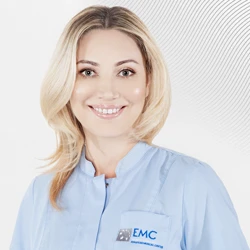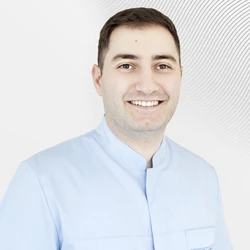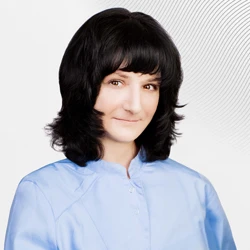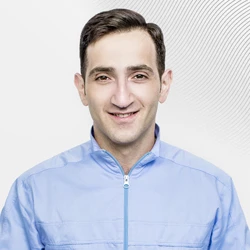Content
The absence of pain and stress in a small patient is a basic requirement for any dentistry.
Anesthesia in pediatric dentistry is used for all types of treatment, which allows for high-quality and comfortable treatment for the baby. Anesthesia helps to come to treatment without fear and trust the doctor.Types of anesthesia in pediatric dentistry
- Local anesthesia. Such anesthesia is performed in 2 stages. The first step is to apply an anesthetic gel to the treatment area, then an anesthetic injection is performed. It has a minimum number of contraindications.
- Sedation (inhalation through a mask of a special safe mixture of nitrous oxide and oxygen). Sedation itself does not have an analgesic effect, but it helps the child to relax and overcome the fear of treatment. This method of anesthesia is usually used in combination with local anesthesia.
- General anesthesia (dental treatment during sleep). It is used when a child experiences severe fear and refuses to be examined or treated. In this case, the anesthetic is given by inhalation. There should be indications for general anesthesia, for example, multiple caries, allergies to drugs for local anesthesia, a strong fear of treatment, mental and neurological diseases.
Is it safe to treat teeth under general anesthesia for children
Sevoran, a completely safe, non–narcotic, non-toxic drug, is used in EMC pediatric dentistry to treat teeth during sleep. It is completely eliminated from the body, does not affect internal organs, does not inhibit the work of the heart and provides a quick exit from anesthesia.EMC pediatric dentists have extensive experience in dental treatment for children under anesthesia.
The JCI international certification confirms the premium quality and safety of the medical services provided.
Was this information helpful?
Questions and answers
Ask a Question







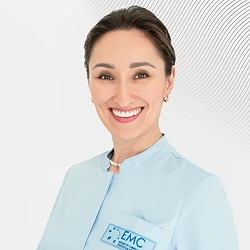
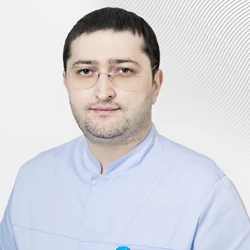



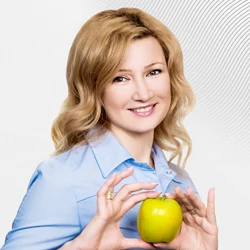


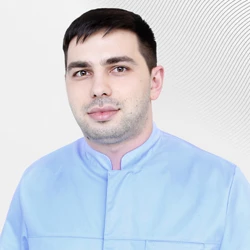
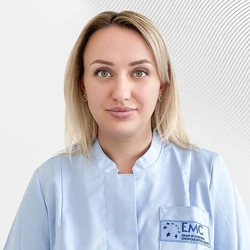


.webp)
